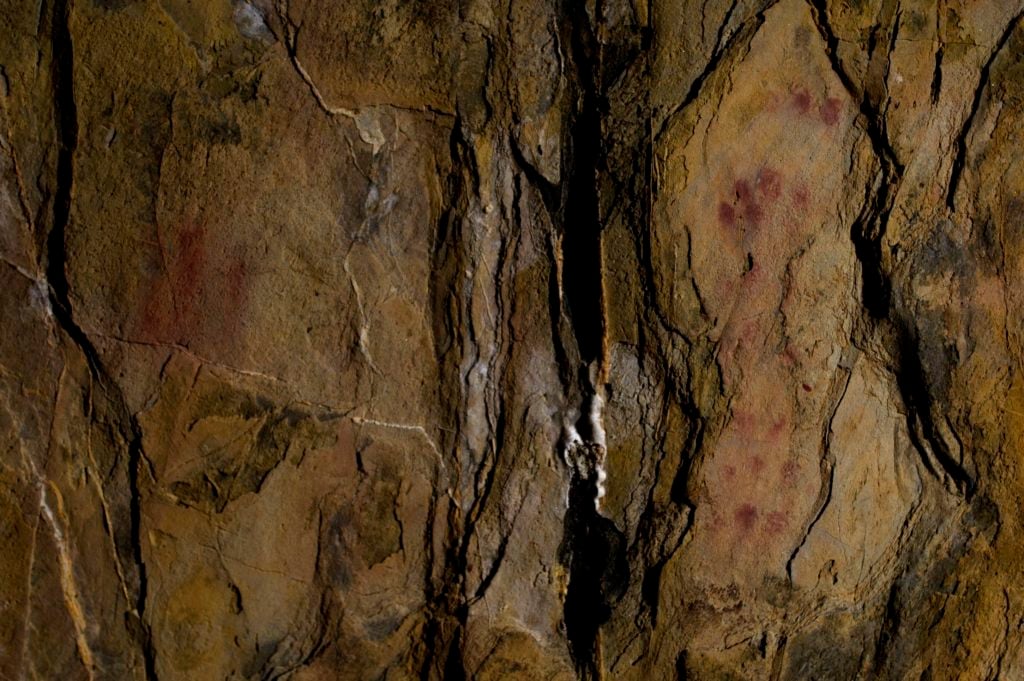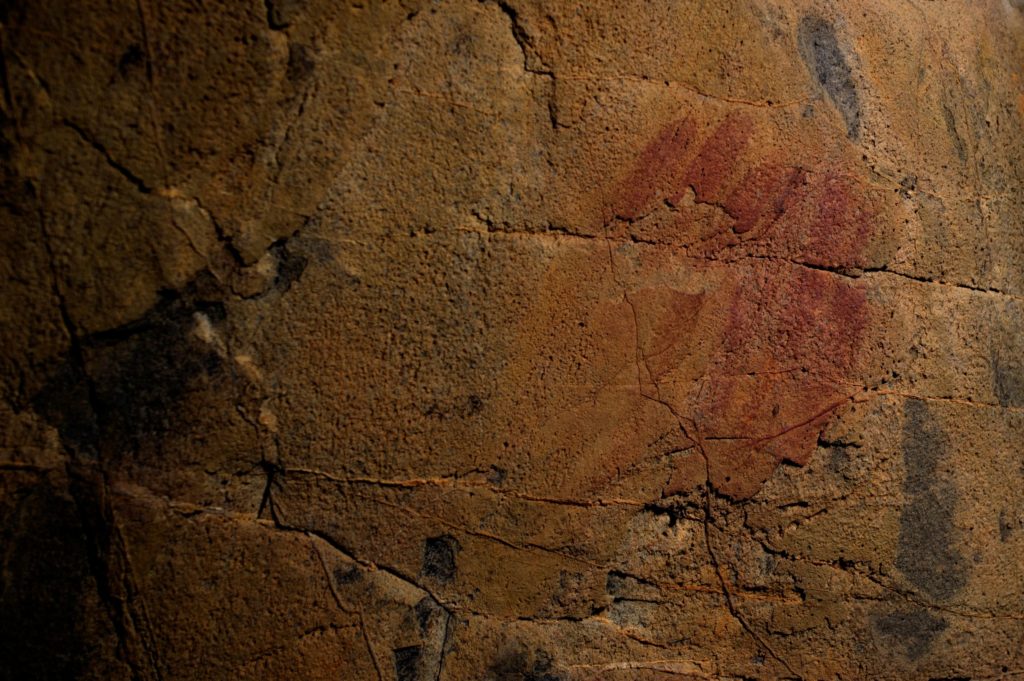Art World
When Researchers Dated Spanish Cave Art to the Neanderthals, It Altered Our Understanding of Evolution. Did They Make a Mistake?
An international group of scientists have published a critique of controversial cave art study.

An international group of scientists have published a critique of controversial cave art study.

Taylor Dafoe

In early 2018, a group of scientists published a report positing that a series of cave paintings on the Iberian Peninsula were created 64,000 years ago, which would make the paintings the oldest surviving examples of prehistoric artwork in the world. It would also mean that the works were created by Neanderthals, since modern humans didn’t arrive in Western Europe until some 20,000 years later.
But now, another team of researchers has countered with a critique of that report, alleging that the rock art in the Spanish caves may actually have been done tens of thousands of years later than the experts reported.
Published in the Journal of Human Evolution, the critique, led by New York University archaeologist Randall White and co-authored by 44 international researchers, suggests that the dating technique used in the earlier report might not be reliable. “There is still no convincing archaeological evidence that Neanderthals created [southwestern European] cave art,” the document states.
White quipped: “This is probably the first time 44 cave art researchers have agreed on anything.”
Dr. Dirk Hoffmann, a researcher at the Max Planck Institute for Evolutionary Anthropology in Germany, led the study behind the 2018 report, published in the journal Science. Employing state-of-the-art uranium-thorium dating techniques, which measure the radioactive decay of uranium isotopes into thorium, he and his team determined that the Iberian cave paintings must be at least 64,000 years old.

Neanderthal cave-paintings inside the Andalusian cave of Ardales, on March 1, 2018. Photo: AFP PHOTO /Jorge Guerrero via Getty Images.
If accurate, Hoffmann’s discovery would have a profound effect on our understanding of human evolution. The paintings, which depict animals, hand-prints, and other symbols, represent a level of intelligence previously thought to be beyond Neanderthals, who died out 40,000 years ago.
“The emergence of symbolic material culture represents a fundamental threshold in the evolution of humankind. It is one of the main pillars of what makes us human,” Hoffman told Sci-News at the time. “Artifacts whose functional value lies not so much in their practical but rather in their symbolic use are proxies for fundamental aspects of human cognition as we know it.”
But upon being published, the report proved to be divisive in the science community. Some suggested that Hoffmann’s team may have mistakenly dated the wrong part of the caves. Meanwhile, White and his team have come to another conclusion, positing that water running down the surface of the cave art might reduce the amount of uranium in the mineral deposits, giving the impression that it has decayed for longer than it actually has.
Hoffman and his team remain confident in their findings, according to Science News. They plan to publish a response to the critique in the Journal of Human Evolution.